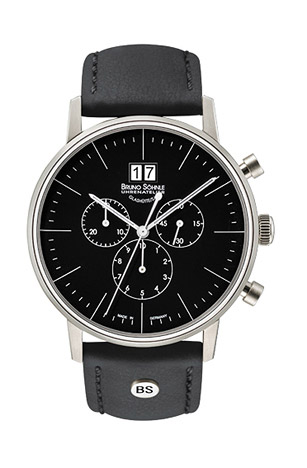Beim Schmöckern auf der GIA-Seite fand ich ein interessantes Video über
den Werdegang des Brillantschliff bitte klicken auf Link und scrollen zu Video Transition to Modern Brilliants - Comparing Old Style and Modern Brilliant Cuts .
Zum Cushion Cut gibt es auch interessante Details nachzulesen auf Cushion Cut versus Old-Mine Cut.
Ich finde, jedes Design hat etwas für sich, auch die alten Schliffe.
Ihr nicht auch?
den Werdegang des Brillantschliff bitte klicken auf Link und scrollen zu Video Transition to Modern Brilliants - Comparing Old Style and Modern Brilliant Cuts .
Zitat
This video shows three styles of brilliants with round face-up outlines. From left to right, they are an old European cut, in place by 1750; a “transitional” brilliant from around 1880; and a modern round brilliant, in place since the 1950s.
Zum Cushion Cut gibt es auch interessante Details nachzulesen auf Cushion Cut versus Old-Mine Cut.
Zitat
The Old-Mine cut has been around since the 1830s and was popular up until the turn of the century. It is widely considered to be the forerunner of the modern day brilliant cut.
The Cushion cut, also referred to as the “pillow cut” because of its shape, has been around for almost two centuries. It was the de facto diamond shape until the 20th century, before the round cut replaced it as the most widely used cut.
The Cushion cut, also referred to as the “pillow cut” because of its shape, has been around for almost two centuries. It was the de facto diamond shape until the 20th century, before the round cut replaced it as the most widely used cut.
Ich finde, jedes Design hat etwas für sich, auch die alten Schliffe.
Ihr nicht auch?
 ops: Wohl modern indisch inspiriert. Aber der Film ist gut gemacht.
ops: Wohl modern indisch inspiriert. Aber der Film ist gut gemacht.


